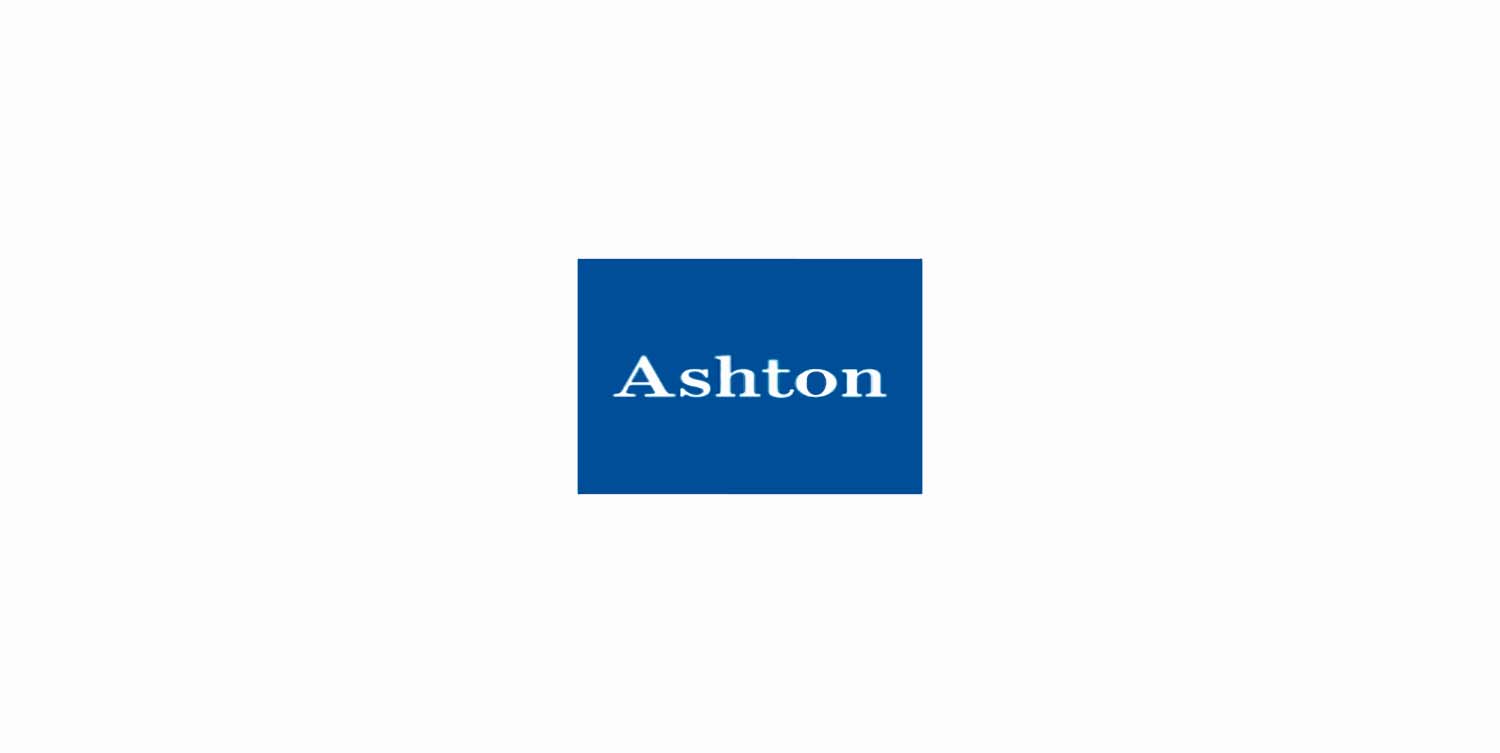
Online
20 Hours
$495
Start Date
Part-Time:September 24, 2024 - November 26, 2024
Schedule: Webinars will be held Tuesdays from 5:30 to 7:30 pm PST
Register TodayThe Red Seal Hairstylist Examination Preparation course will help you understand the skills and knowledge required to pass the Red Seal Exam. The course will focus on helping you review, interpret and discuss the Red Seal Occupational Standard. Additionally, this course will help you develop essential test-taking skills required to pass the exam.
Hairstylists have different responsibilities depending on the location they work. However, many of them shampoo, cut, style and chemically treat hair. They might also do scalp treatments, hair extension services, hairpiece services and barbering; which may require further training. In order to do this job well, they need to be able to read, write, communicate effectively, use digital technology, and seek continuous learning opportunities.
Hairstyling is a Designated Red Seal trade in: Alberta, British Columbia, Manitoba, New Brunswick, Newfoundland, Nova Scotia, Northwest Territories, Nunavut, Ontario, Prince Edward Island, Saskatchewan and Yukon.
By the end of this course, you'll be a confident and exam-ready hairstylist, equipped with the knowledge to excel in your Red Seal Hairstylist Exam and embark on a successful career. Enroll today and turn your hairstyling dreams into reality!
None
Subject to change without notice

Amy Holland is a Red Seal Certified Stylist, with a career spanning over two decades. Her instructional expertise is in Red Seal and Foundational Hair Design programs. Amy has worked in luxury salons in Kelowna, Calgary, and Vancouver, while also owning and operating her own Editorial and Bridal Hair companies. Her work has been showcased in art galleries, numerous publications, and music videos. Amy has been a lead stylist at Fashion Weeks in both North America and Japan. Fuelled by an unwavering passion for the industry, Amy continues to expand her craft in the hair industry.
The registration fee for this course is $495.
Note: Tuition fees do not include the cost of the required textbooks. The textbook fee is approximately $177.95
Ashton College does not sell textbooks directly. Students are required to purchase their textbooks through third-party vendors.
Get the Best of Both Worlds: Live and Asynchronous Learning at Ashton College
Ashton College understands that everyone learns differently, which is why we offer a unique blended learning approach for our live online courses. This approach combines the real-time interaction and immediate feedback of live sessions with the flexibility and self-paced learning of asynchronous materials.
Experience the benefits of both worlds:
Live Online Sessions:
Interact with instructors and classmates in real-time using interactive sessions, breakout rooms, and screen sharing.
Get instant feedback and ask questions for a deeper understanding.
Asynchronous Learning:
Learn at your own pace with recorded lectures, online readings, and discussion forums.
Review materials as needed and revisit difficult concepts for better comprehension.
We encourage you to participate in both components to maximize your learning experience:
Enjoy the interactivity and community of live sessions.
Benefit from the flexibility of studying at your own pace.
Technical Requirements:
Computer System: Fully functional computer with webcam, speakers, and microphone (headset recommended).
Internet Connection: Reliable high-speed internet connection.
Device: While accessible on smartphones and tablets, we recommend using a laptop or desktop computer for a better learning experience.
This program/course does not require approval by the Private Training Institutions Branch (PTIB) of the Ministry of Post-Secondary Education and Future Skills. As such, PTIB did not review the program/course.

